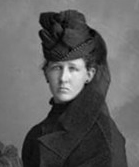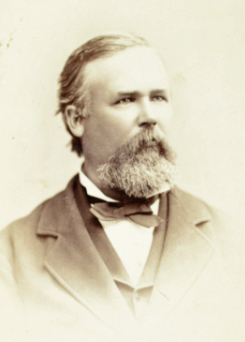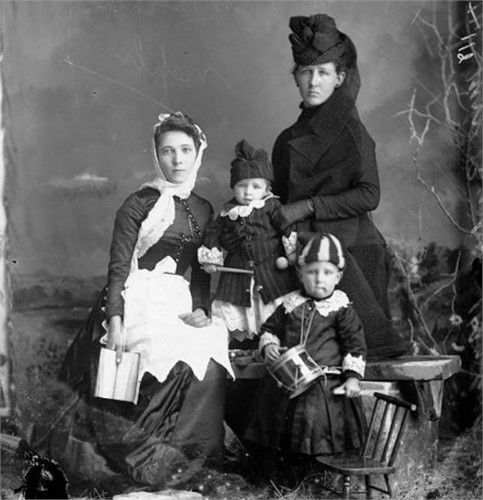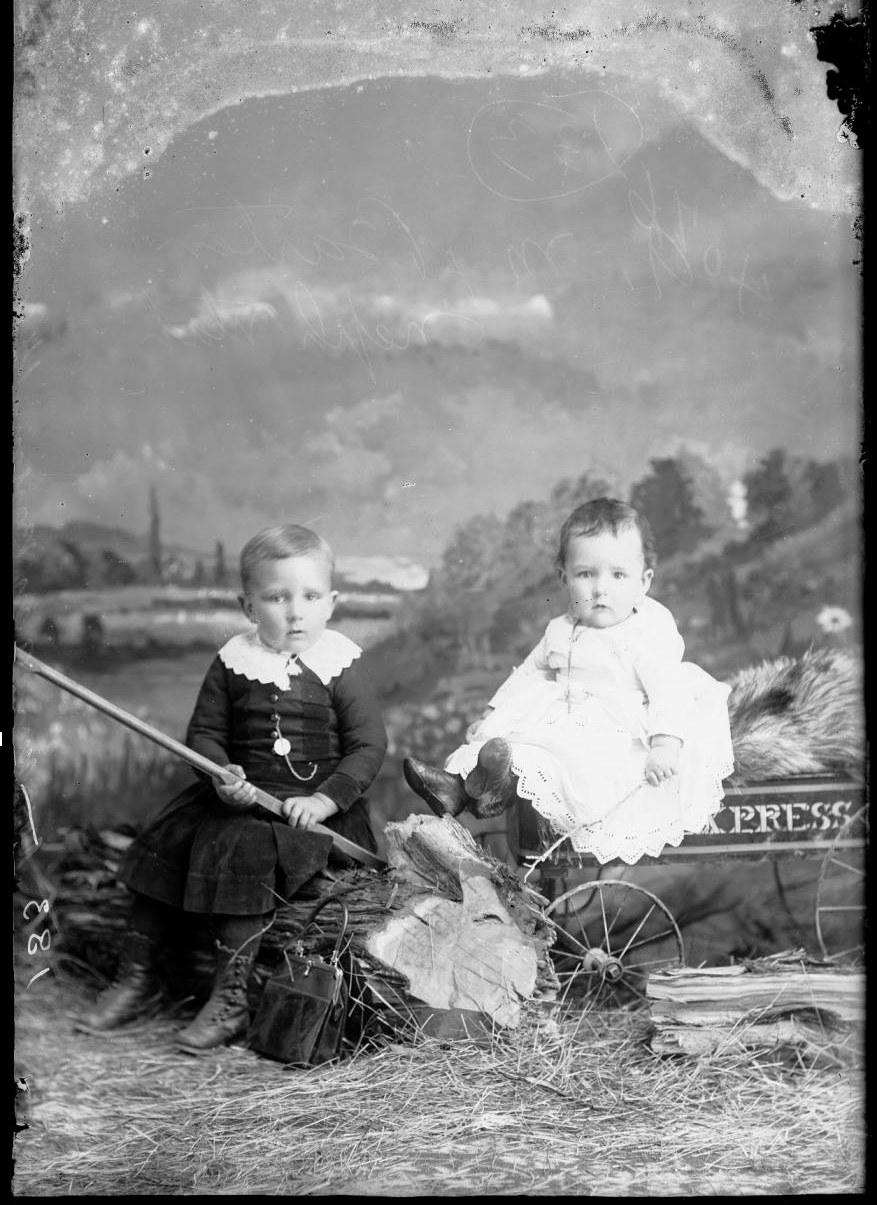History of Angeline Harris Hyde
Born: 4 November 1834 at Bertrand, Berrien, Michigan, United States
Parents: John Harris and Lovina Eiler
Married: William Hyde, 13 Sep 1852 at San Bernardino, San Bernardino, California
Died: 4 February 1893 at Nephi, Juab, Utah, United States
ANGELINE HARRIS HYDE -- A LIFE SKETCH
Angeline was the third child of John and Lovina Eiler Harris.
traveled with them to Utah, giving up their plans to settle in Oregon. The family was
called to help settle San Bernardino, California, in 1851, and lived there for nearly seven
years. At nearly age eighteen, she married another San Barnardino pioneer, William Hyde.
When the LDS Church called the members back to Utah in 1857, most of her family answered by
making the move.
Her husband intended to take a second wife, and, so, she remained with her two small children
in Minersville near Beaver, while he continued north to Salt Lake City, where he married
Mary Ann Green 7 April 1858. He helped Mary Ann establish a home in Harrisville, Weber County.
Between the two wives, William had thirteen children, eight with Angeline (at Minersville and then
in Salt Lake City) and five with Mary Ann.
Learning of the call of settlers to San Juan, William set about to join the group intending
to establish a store and trading post at Fort Montezuma. Because of the additional
preparations needed to gather supplies and wagons to transport them, the Hyde family was
not with the original company in 1879, but left Salt Lake on June 27, 1880 with hired
teamsters and guards. The written account of one unidentified hired hand tells of their
leaving half of their supplies at Escalante, and blazing a new trail by way of Halls Crossing.
Even though they did not use the Hole-in-the-Rock, they suffered many hardships, and
traveled long distances without water. He mentions how they sifted wigglers and polliwogs
from the water at first, but said they eventually gave up, and just drank what water they
could find, wigglers and all.
The group arived at Fort Montezuma on September 18th, making the trip from Salt Lake City
to Fort Montezuma in nine days short of three months. They immediately went to work
buiilding a substantial cabin, and later built the first store in San Juan County.
It was also called the Indian trading post. Hyde went on to build four trading posts.
The Hyde family had been asked by Church leaders to establish a wool depot, and to help
the Navajos market their wool. The Hyde family not only built the store, but they rigged
up a cable across the San Juan River with a boat attached, so the Navajo people could
cross the river and do business without having to swim. This boat-cable system became a
luxury to the Indians, and a great plaything for the Hyde children. William's son, Ernest,
enjoyed going hand over hand out the cable until he was over the middle. he would drop
into the river and swim back. During November of 1880, Harriet Parthenia Hyde,
affectionately called Feen, or Feenie, by the settlers, was given the assignment of
teaching school at Montezuma.
William Hyde and others built water wheels, and placed them in the San Juan River, to
lift water into the irrigation ditches.
During the spring of 1881, a young Ute man, the son of Sanop, fell in love with Parthenia.
Eventually Sanop approached William Hyde and asked for Parthenia, to be a wife for his son.
William refused, and Sanop threatened to kill him, but William was firm. Sanop backed down,
but it was a severe insult to the Indian. In Indian Culture, he had acted properly and
respectfully, as per Ute Indian custom. She married Bluff's blacksmith, Amasa Barton,
28 November 1884 at St. George, Washington, Utah.
William served as the branch president in Montezuma, and was released in 1883. His home
was the largest and best home in Montezuma, but during the floods of 1884 it was washed
away, and he soon thereafter William moved his second family to Colorado. Angeline remained in
Bluff, and assisted her daughter, Harriet, with the births of Harriet and Amasa Barton's first
two children. She was at Rincon, when Amasa was killed by two Navajo Indians in a trade gone
bad.
Angeline did not return to her husband. She eventually left Bluff and established herself in
Nephi, where she died in 1893.



